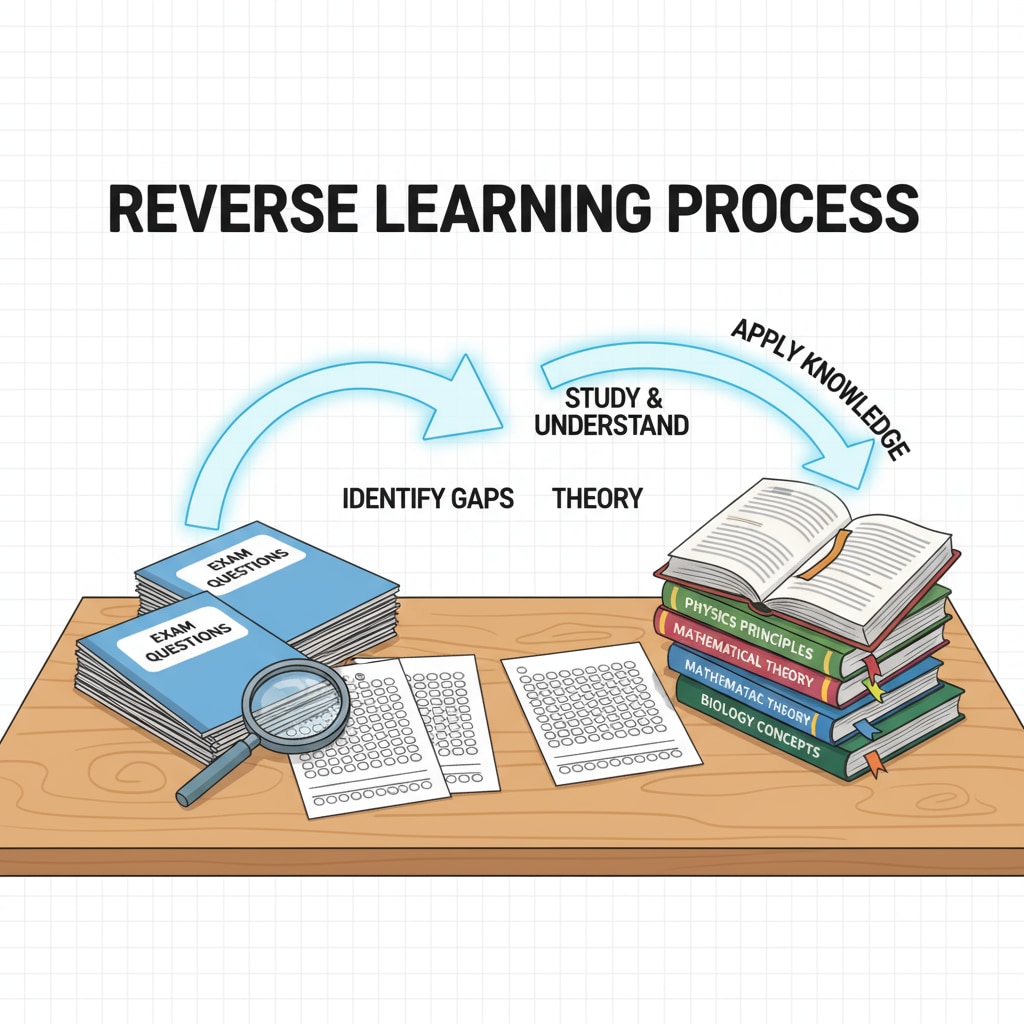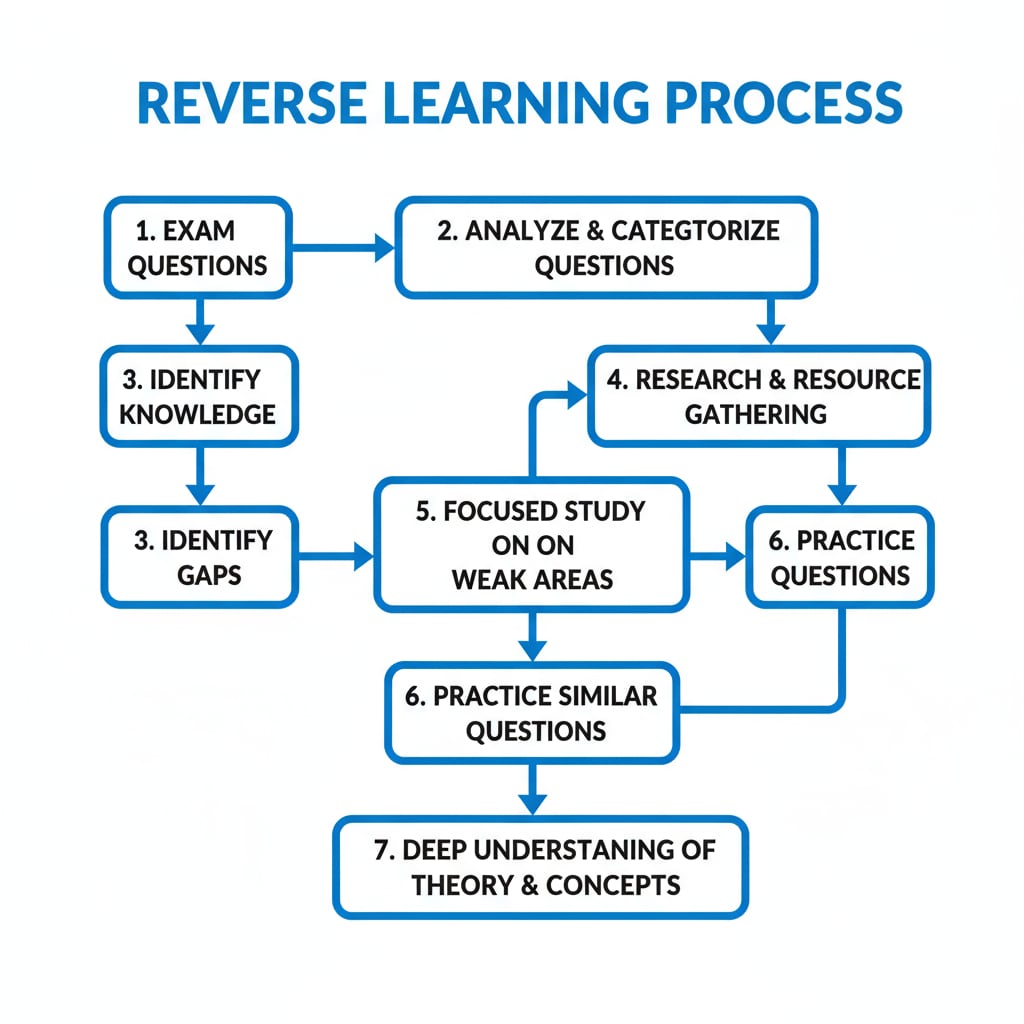Theoretical learning, attention deficits, practical learning, and learning methods are key elements in the educational journey of many students. For those with attention deficits and a preference for practical learning, traditional methods of approaching theoretical subjects can be challenging. However, a revolutionary approach called reverse learning might be the solution. This method starts with exam questions rather than diving straight into theory, enabling students to grasp abstract knowledge more effectively and build personalized learning paths.

The Struggles of Attention-Deficit and Practical Learners in Theoretical Subjects
Attention-deficit learners often find it difficult to stay focused during long theoretical lectures or while reading dense textbooks. Their minds tend to wander, making it hard to absorb and retain information. Practical learners, on the other hand, thrive when they can engage in hands-on activities. Theoretical concepts, which are often abstract and detached from real-world application initially, can seem uninteresting and hard to understand for them. For example, in a physics class, while some students can easily visualize and understand the theory of motion from textbooks, attention-deficit and practical learners might struggle. They need a more tangible way to interact with the material. According to the American Psychological Association, understanding different learning styles is crucial for effective education.
The Reverse Learning Strategy
The reverse learning strategy flips the traditional learning process on its head. Instead of starting with the theory, students begin by looking at exam questions. This immediately gives them a clear goal and context. By analyzing the questions, they can identify the key concepts that need to be mastered. For instance, if an exam question asks about the impact of supply and demand on market prices in an economics course, students can then start exploring the relevant theories. This way, the learning becomes more goal-oriented. As a result, it becomes easier for attention-deficit learners to stay focused since they know exactly what they are working towards. TeachThought also emphasizes the effectiveness of such reverse approaches in education.

Once students have identified the key concepts from the exam questions, they can create a personalized learning plan. They can seek out resources such as online tutorials, videos, or practical examples that explain those concepts in a more accessible way. This personalized approach ensures that the learning experience is tailored to their specific needs and learning styles.
Readability guidance: By using short paragraphs and clear headings, we make the content easier to digest. The lists and examples help illustrate key points. Transition words like “however”, “for example”, and “as a result” make the flow of the article smooth.


